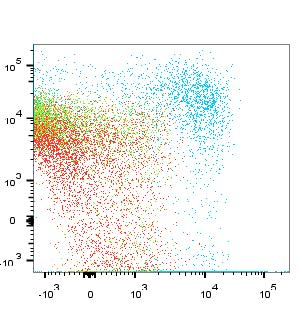PI’s: Anton Bryksin

The Barker Lab has developed an antibody fragment called H6 that binds selectively to fibrin over soluble fibrinogen, allowing it to target wound sites where fibrinogen is polymerized into fibrin. Conjugation of H6 antibody onto the surface of ultrasoft microgels allows the microgels to bind to fibrin clots and contract the clots in platelet-like manner. Although this platelet-like particle has great therapeutic potential, they lack the capacity to brining additional clothing factors to the wound site. This ability to bring functional clotting factors to the wound site might be especially important for improving the outcome for patients with the severe bleeding disorders that have a genetic component. Therefore, we propose a system of targeted Outer Membrane Vesicles (tOMVs), nanoparticles shed from bacteria, to recapitulate the behavior of platelet associated alpha-granules and deliver pro-clotting factors at the site of clot formation. We hypothesize that tOMVs produced from reduced genome E. coli cells manifesting H6 antibody on their surface can be targeted to wound sites and might facilitate the formation of clot in the manner similar to platelet-like particles previously published.
In addition, incorporation of pro-clotting or pro-aggregatory factors such as fibronectin, Platelet Factor 4, factor V or factor VII within these OMVs might further improve platelet function and wound healing in an in vitro model of platelet dysfunction.


